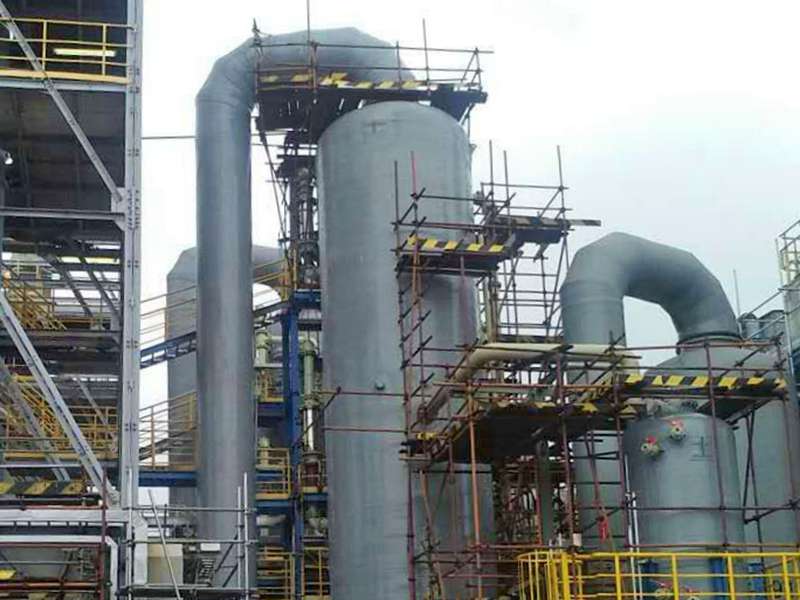
-
 Afrikaans
Afrikaans -
 Albanian
Albanian -
 Amharic
Amharic -
 Arabic
Arabic -
 Armenian
Armenian -
 Azerbaijani
Azerbaijani -
 Basque
Basque -
 Belarusian
Belarusian -
 Bengali
Bengali -
 Bosnian
Bosnian -
 Bulgarian
Bulgarian -
 Catalan
Catalan -
 Cebuano
Cebuano -
 China
China -
 China (Taiwan)
China (Taiwan) -
 Corsican
Corsican -
 Croatian
Croatian -
 Czech
Czech -
 Danish
Danish -
 Dutch
Dutch -
 English
English -
 Esperanto
Esperanto -
 Estonian
Estonian -
 Finnish
Finnish -
 French
French -
 Frisian
Frisian -
 Galician
Galician -
 Georgian
Georgian -
 German
German -
 Greek
Greek -
 Gujarati
Gujarati -
 Haitian Creole
Haitian Creole -
 hausa
hausa -
 hawaiian
hawaiian -
 Hebrew
Hebrew -
 Hindi
Hindi -
 Miao
Miao -
 Hungarian
Hungarian -
 Icelandic
Icelandic -
 igbo
igbo -
 Indonesian
Indonesian -
 irish
irish -
 Italian
Italian -
 Japanese
Japanese -
 Javanese
Javanese -
 Kannada
Kannada -
 kazakh
kazakh -
 Khmer
Khmer -
 Rwandese
Rwandese -
 Korean
Korean -
 Kurdish
Kurdish -
 Kyrgyz
Kyrgyz -
 Lao
Lao -
 Latin
Latin -
 Latvian
Latvian -
 Lithuanian
Lithuanian -
 Luxembourgish
Luxembourgish -
 Macedonian
Macedonian -
 Malgashi
Malgashi -
 Malay
Malay -
 Malayalam
Malayalam -
 Maltese
Maltese -
 Maori
Maori -
 Marathi
Marathi -
 Mongolian
Mongolian -
 Myanmar
Myanmar -
 Nepali
Nepali -
 Norwegian
Norwegian -
 Norwegian
Norwegian -
 Occitan
Occitan -
 Pashto
Pashto -
 Persian
Persian -
 Polish
Polish -
 Portuguese
Portuguese -
 Punjabi
Punjabi -
 Romanian
Romanian -
 Russian
Russian -
 Samoan
Samoan -
 Scottish Gaelic
Scottish Gaelic -
 Serbian
Serbian -
 Sesotho
Sesotho -
 Shona
Shona -
 Sindhi
Sindhi -
 Sinhala
Sinhala -
 Slovak
Slovak -
 Slovenian
Slovenian -
 Somali
Somali -
 Spanish
Spanish -
 Sundanese
Sundanese -
 Swahili
Swahili -
 Swedish
Swedish -
 Tagalog
Tagalog -
 Tajik
Tajik -
 Tamil
Tamil -
 Tatar
Tatar -
 Telugu
Telugu -
 Thai
Thai -
 Turkish
Turkish -
 Turkmen
Turkmen -
 Ukrainian
Ukrainian -
 Urdu
Urdu -
 Uighur
Uighur -
 Uzbek
Uzbek -
 Vietnamese
Vietnamese -
 Welsh
Welsh -
 Bantu
Bantu -
 Yiddish
Yiddish -
 Yoruba
Yoruba -
 Zulu
Zulu
fiberglass floor grating
The Advantages and Applications of Fiberglass Floor Grating
In various industries, safety, durability, and cost efficiency are paramount. One material that has gained prominence in meeting these criteria is fiberglass floor grating. This innovative product not only addresses several key concerns but also offers a wide array of applications that can enhance industrial settings.
What is Fiberglass Floor Grating?
Fiberglass floor grating, often referred to as FRP (Fiberglass Reinforced Plastic) grating, is a composite material made from fiberglass and resin. This combination results in a lightweight but incredibly strong structure, making it an ideal choice for flooring in environments where traditional materials, like wood or metal, might fail. Fiberglass grating is manufactured in various sizes and shapes, including panels and custom configurations, allowing for versatility in installation.
Key Advantages of Fiberglass Floor Grating
1. Corrosion Resistance One of the standout features of fiberglass grating is its resistance to corrosive elements. This property is particularly valuable in industrial settings such as chemical processing plants, wastewater treatment facilities, and marine applications, where exposure to harsh chemicals and moisture is common. Unlike metal grates that can rust and deteriorate over time, fiberglass maintains its integrity, ensuring long-lasting performance.
2. Lightweight Yet Strong Fiberglass grating is significantly lighter than steel or aluminum alternatives, making it easier to transport and install. Despite its lightweight nature, it boasts high load-bearing capabilities, making it suitable for various industrial applications where weight reduction is essential without compromising strength.
3. Safety Features Safety is always a priority in industrial environments. Fiberglass floor grating typically features a slip-resistant surface, reducing the likelihood of slips and falls in high-traffic areas. Additionally, it is non-conductive, making it a safer option in settings where electrical hazards are a concern.
4. Low Maintenance The durability and corrosion resistance of fiberglass grating translate to lower maintenance costs. Unlike metal grating that may require regular inspections for rust or damage, fiberglass grating can withstand the test of time with minimal upkeep, allowing companies to focus on their core operations rather than maintenance.
5. Cost Efficiency While the initial investment in fiberglass grating might be higher than traditional materials, the long-term savings are significant. With reduced maintenance needs, longer life cycles, and the ability to withstand harsh environments, businesses can realize substantial cost benefits over time.
fiberglass floor grating

Applications of Fiberglass Floor Grating
The versatility of fiberglass floor grating means it can be utilized in a variety of industries, including
- Chemical Processing In facilities dealing with harmful chemicals, fiberglass grating provides a safe walking surface that will not corrode when exposed to spills or splashes.
- Water Treatment Plants Its ability to withstand moisture and resist corrosion makes fiberglass grating an invaluable asset in water treatment applications, ensuring safe and reliable access to equipment.
- Food and Beverage Industry The non-porous surface of fiberglass grating helps maintain hygiene standards in food processing plants. It can be cleaned easily and does not harbor bacteria, making it a suitable choice for areas where sanitation is critical.
- Marine Applications Ships and offshore platforms benefit from the lightweight nature and corrosion resistance of fiberglass grating, which can endure harsh marine environments.
- Walkways and Roof Decks Many businesses use fiberglass grating for walkways and roof decks due to its slip resistance and strength, ensuring safe passage in potentially hazardous areas.
Conclusion
Fiberglass floor grating stands out as a modern solution for flooring issues across multiple industries. Its unique properties, such as corrosion resistance, lightweight design, safety features, low maintenance, and cost-efficiency, make it an ideal choice for enhancing safety and efficiency in industrial settings. As regulations around safety and environmental protection stiffen, the adoption of innovative materials like fiberglass grating will likely continue to rise, proving to be a smart investment for future-oriented businesses.









